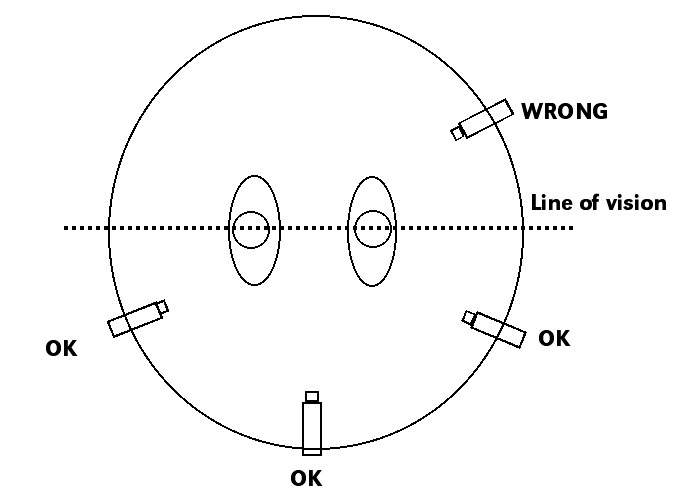It has been almost three years since I started working for Elemental Productions. I have completed three movies as an editor or a co-editor, and I am currently working on two more projects. Having worked mainly on dramatic films in the past, it was a new challenge for me to edit ethnographic films. I expected a vast difference in editing technique I would use. Yet, I found the process was surprisingly similar.
Editors work with a director. Our job is to make the director’s vision come alive on the screen, and that vision, of course, has to be perceived and understood by the viewers. Without an audience, movies aren’t worth much. That is why editors need to maintain an objective perspective when we edit. We are the audience’s eyes. We constantly need to remind ourselves of what the viewers might think and feel with every cut we make or every image we present. I believe that the worst thing we can do to the audience is to confuse them. When the audience doesn’t understand what is going on in a film, we will lose their attention. For this reason, a film should be easy to understand visually, conceptually, and emotionally.
When we edit a dramatic film, we use the continuity editing method or “180 degree line” principles to avoid physical confusion in a film. Basically, this principle says that when shooting a subject, the camera can’t cross the invisible 180-degree line because otherwise the subject will appear to be facing in the wrong direction and the viewer will be disoriented.

This diagram illustrates the 180-degree rule. The camera angles must all stay on one side of the “Line of vision.”
Here at Elemental Productions, we have specific worries in this category. Many of the films were shot over six or seven years and I often mix the footages from different years in one film. Does the viewer understand that a particular character is the same person in the last shot, even though he/she has changed their clothing or cut their hair? What’s the effect on the viewer to combine that footage? Is it OK to cut one after another, or will that throw the audience off? These are the issues I constantly face.
Clip#1 Thorn from Elemental Productions Channel
In the above clip, which combines footage from three different shoots, the wife and daughter’s physical features have changed dramatically over the years. However, the husband stayed more or less the same. By choosing images of them with the husband, I tried to make sure the audience understood that they were watching the same people.
Alfred Hitchcock (my favorite director of all time) says that suspense is information. As Hitchcock says, the audience feels suspense because they know where the danger is hidden. To have the most powerful emotional effect on the audience, it is essential to present them with clear information. But conceptual clarity and accuracy are more important in ethnographic films than in dramatic films. In our films it is important to show clear information to accurately inform the audience about the material the film wishes to present. We cannot provide all the necessary background information in a limited running time, but we need to carefully select the pieces of information that are essential to each film’s focus. I have found that certain information is important for the audience to feel what the subjects in the film are going through.
Clip 2: Memory of my Face from Elemental Productions on Vimeo.
In Memory of My Face, the main character Bambang suffers periodic severe psychosis. In order for the viewer to understand and feel the difficulties that Bambang and his family face, it was important to show his academic background and how intelligent he was. Thus, the above section was added nearly at the end of the editing process and provided a key element in his story as a character.
One of the important goals of a dramatic film is to have an emotional impact on the audience. The stronger the impact is, the longer the film stays in the audience’s mind. At first I wasn’t sure whether this was true for the kind of films we make at Elemental. I thought that the purpose of ethnographic films was to provide knowledge rather than evoke feelings. But our director, Robert Lemelson, believes that emotional impact is the strongest tool to show the true nature of other people’s life in another culture, and I cannot agree more.
Clip#3 Thorn from Elemental Productions Channel
Years ago, I heard an editor say, “We editors edit movies in here (she placed her hand on her head) and here (she placed her hand on her heart).” What she meant was that editing involves logic and emotion. Only when we are able to achieve a solid logic and strong emotion can we can expect the maximum effect of the film over the viewers.







